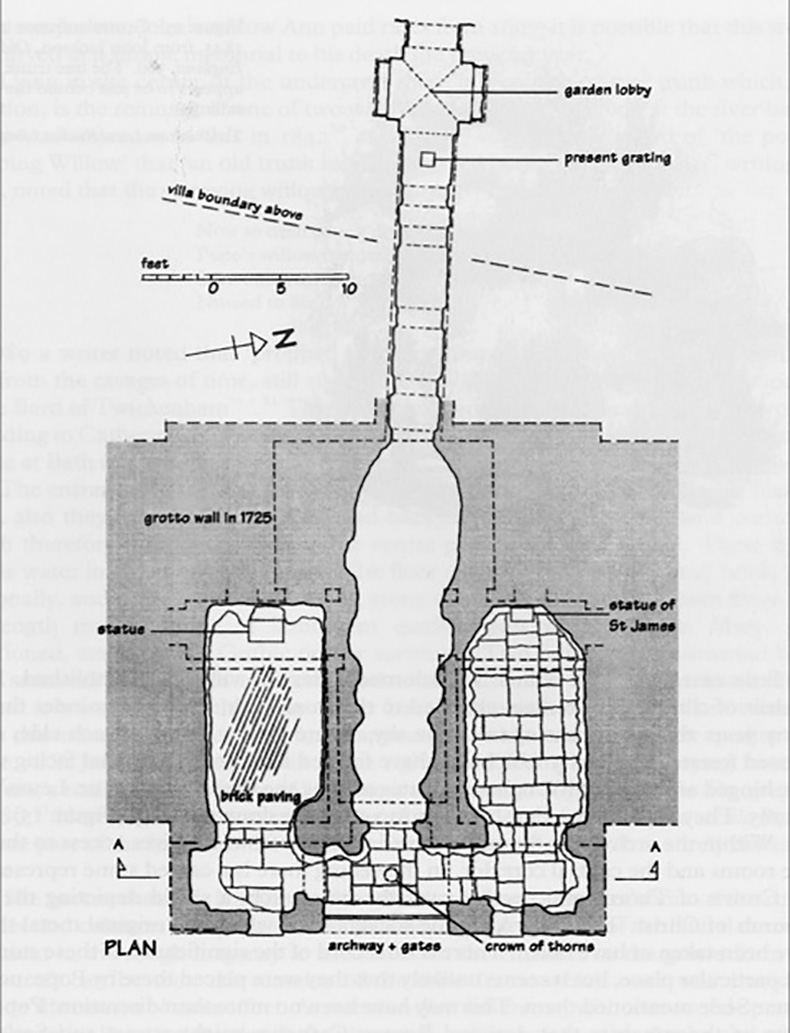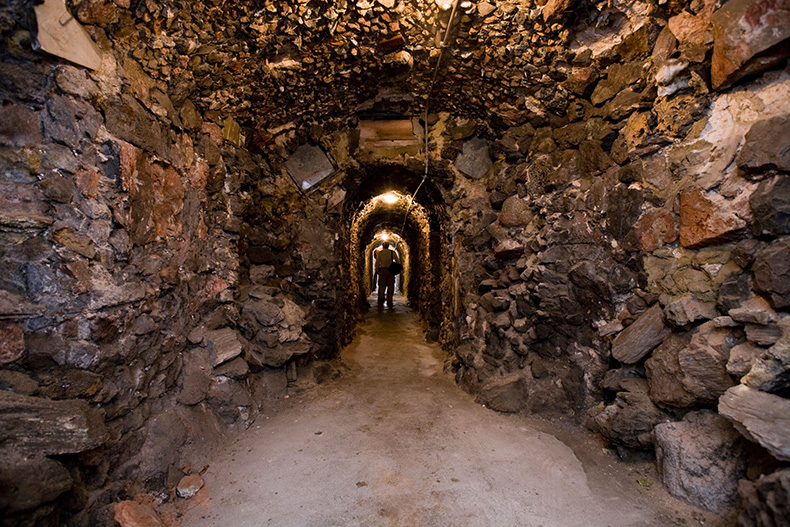Alexander Pope was no stranger to ‘improving’ things. His published letters – published, of course, by himself – were rife with the impositions and edits that a perfectionist such as Pope could not resist. The argument as to whether this was rank self-promotion persists.
His calculating attitude and the honed surface of his verse contrive to present the poet as someone more concerned with intellect than emotion or feeling. This is not quite accurate and while this most worldly of poets was concerned with his witty presentation there is something in his verse that flirts with other attitudes. He writes to his friend (shall we call her?) Martha Blount in his poem on her leaving London after the coronation, yoking together fanciful and real versions of the aristocrats of the coronation:
In pensive thought recall the fancied scene,
See Coronations rise on every green;
Before you pass th’ imaginary sights
Of Lords, and Earls, and Dukes, and gartered Knights;
While the spread fan o’ershades your closing eyes;
Then give one flirt, and all the vision flies.
Even with his clandestine interest in fancy, the fact that when he worked on his house in Twickenham the thing of which he was proudest was a bejewelled grotto might be a surprise.
Alexander Pope (c. 1736), attrib. Jonathan Richardson. Wikicommons

Forced to live in Twickenham by anti-Catholic laws that prevented him from living within London, Pope rented the house in 1719 and started on a series of improvements with his friend William Kent. The shape of these improvements is much documented though, perhaps, not entirely clear. As Pope was so dedicated to creating an image of himself and Kent was never the most reliable draughtsman it can be hard to discover which version of the grotto – or indeed house – was the one that actually came to light.
The grotto itself was on the bank of the River Thames, guarded only by an iron gate. After the gate were three archways. The central one took you to a stone-lined corridor that led you to Pope’s garden. The other two opened on to small chambers.
The selection of the stones with which every surface of the grotto is lined was clearly important to Pope in both the first iteration, completed in 1719, and following its redevelopment in the 1740s. He devoted many letters to his medical adviser Dr William Oliver, perhaps best known for his contribution to the biscuit world with the Bath Oliver, to the subject of stones and minerals for his cave. Oliver was descended from a Cornish family and his cousin, William Borlase, had a mine in Cornwall. Borlase became one of Pope’s key stone suppliers to the point where Pope had to enjoin Dr Oliver, ‘If he [Borlase] will ingage his word not to send me any [minerals] that he intended to keep I would ask him for some of the metallic kind that are most common. So they do but shine and glitter it is enough and the vulgar spectator will of course think them noble.’ Since all the visitors were there by Pope’s invitation it is hard to reckon who would be vulgar enough to accept such deception.
The sparkle and the shining appears to be treated with a proto–Romantic bent in Pope’s mind. Writing to his friend Bolingbroke he ends a letter with a verse which refers to where:
[…] pointed Crystalls break the sparkling Rill;
Unpolished Gems no Ray on Pride bestow,
And latent Metals innocently glow.
Approach! Great Nature studiously behold,
And Eye the Mine without a wish for Gold.
Pope here is using not contrivance but nature to get closer to purity within his aqueous kingdom.
Maynard Mack has written the authoritative account of Pope and the significance of his garden in The Garden and the City (1969) but an aspect of Pope that he seemed to overlook was surfaced by an exceptional essay by Peter Davidson, ‘Pope’s Recusancy’ (2005). In this essay Davidson beautifully connects Pope’s use of ‘shining’ with the shadows in which Catholics had to live and locates the construction of the grotto as a form of recusant life.
A recent plan of the grotto. Courtesy Pope’s Grotto Preservation Trust

Reading the essay necessarily raises questions of intention; understanding the precise form of the grotto becomes less a matter of antiquarianism and precision than the basis for understanding and framing the thoughts of Pope at the times when the grotto loomed largest in his mind. In a way, it is a question of whether the grotto was a proto-Romantic engagement with nature or a final flourish of a late-baroque aesthetic that nods both to Rome and the transformation of the world so that Pope is literally bringing the Thames into his world and transcending the barriers of anti-papist law in England.
A view of the grotto by Samuel Lewis (1786)

The grotto currently lies beneath a road in Strawberry Hill. Silver studs mark the shape of it beneath the tarmac. It is the only part of Pope’s house that still exists and now the site is the home of Radnor House, an independent school. The Thames no longer comes to the iron gates and instead the school chapel and art department block the view to the river.
Despite these impositions, the Pope’s Grotto Preservation Trust is undertaking a delicate renovation and restoration of the grotto. A call went out to the public for stones and minerals and, unbelievably, amateur geological societies have provided crates of glittering and plain stones. A radial pattern that may have alluded to sunshine seems to flank a niche where a statue of St James once stood. Mirrors that Pope refers to are hanging above the arch before the corridor to the garden continues properly. The leader of the renovation has uncovered a pipe and a ledge in a corner of the chamber so perhaps Pope’s descriptions of waterfalls weren’t hyperbole. A rill has been uncovered alongside the central path. The Thames clearly did come into the shadowy world of the grotto.
Tunnel inside Pope’s Grotto. Photo: David Gee 4/Alamy Stock Photo

Looking at the endless rows of shells, stones, minerals and metals, it is impossible to know which were set by Pope and which came later. The mirrors seem to be from the mid 18th century. One of them was too broken to leave in place; one is secure enough to be left. Visitors will see a restored mirror and an original mirror next to one another. The grotto is becoming a site of decisions, the layers of time rendered more visible. It is becoming a palimpsest of different periods, of impositions and editorial choices that frame and reframe what Pope did out of sight of the rest of the world in his little hermitage that he thought was enough to ‘not envy Queen’s’. Perhaps, as the restoration continues, we shall discover more about what he designed for this lair and understand exactly what it is he required from it and what he wanted it to say to the ‘moral philosophers’ he invited in.
For more information on the restoration, visit the Pope’s Grotto Preservation Trust’s website.


